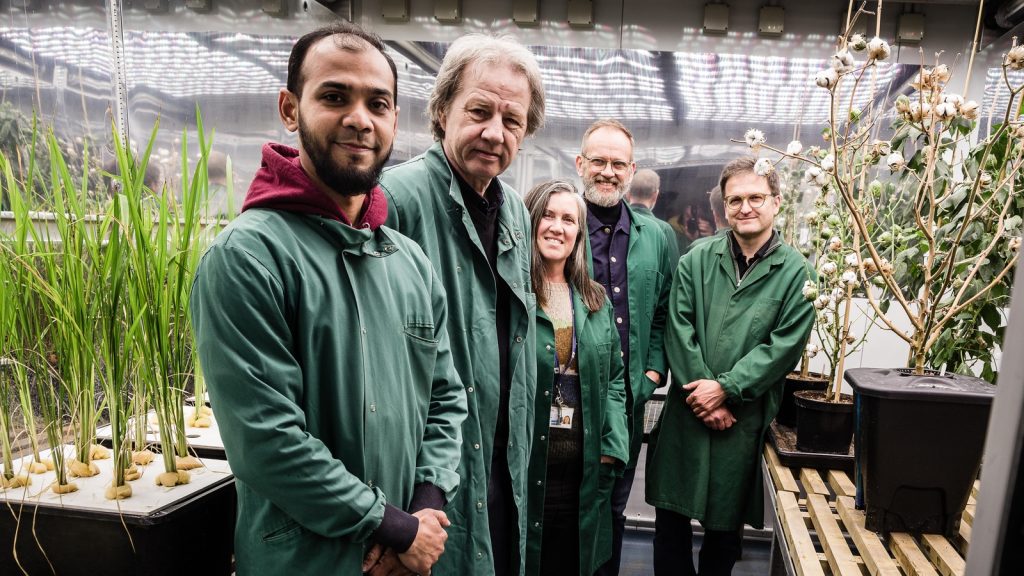Hull-based agritech innovator Gooddrop embarks on a pioneering journey to transform cotton farming through vertical cultivation.
- The startup initiates this ambitious venture with a significant £1 million investment and a pivotal three-year collaboration with the University of Nottingham.
- Gooddrop aims to address sustainability challenges in cotton production, promoting indoor farming as a viable solution.
- The company seeks to minimise land usage and enhance cotton yields, facilitating large-scale rewilding efforts.
- Through strategic investments and partnerships, Gooddrop endeavours to redefine the cotton farming landscape, promoting environmental benefits.
Hull agritech firm Gooddrop is embarking on a landmark initiative to revolutionise cotton farming using vertical farming techniques. This bold move commences with an initial £1 million investment and a strategic three-year research alliance with the University of Nottingham. The aim is to establish Gooddrop as a leader in sustainable cotton farming, addressing the challenges of traditional practices.
The startup’s CEO, Simon Wardle, highlights the company’s commitment to providing a manageable solution to the cotton industry’s sustainability issues. Gooddrop envisions transforming cotton production from conventional field farming to controlled indoor environments. This transition promises a sustainable, profitable crop that can support agriculture, manufacturing, and retail sectors comprehensively.
Gooddrop’s collaborative effort with the University of Nottingham involves critical research focusing on enhancing cotton farming methods. The university’s expertise, through its renowned plant and crop science faculty, aims to optimise cotton growth in controlled environments with a keen focus on reducing resource inputs.
The research includes the deployment of six custom-built cotton research units, designed in former artic containers. These units, established at the university’s Sutton Bonington Campus, facilitate controlled experiments on vertical cotton farming, allowing researchers to manipulate variables such as temperature, humidity, and light to improve crop outcomes.
Professor Erik Murchie articulates the vision of transitioning cotton from field to indoor environments, aiming for increased sustainability and efficiency. Gooddrop’s model aspires to reduce the land footprint used for cotton, potentially rewilding an area equivalent to the size of Germany. This could lead to substantial ecological benefits, including enhanced CO2 sequestration and biodiversity, alongside aiding global climate stability.
Gooddrop’s innovative approach, through strategic partnerships and sustainable practices, sets a new paradigm in cotton farming with profound ecological implications.

